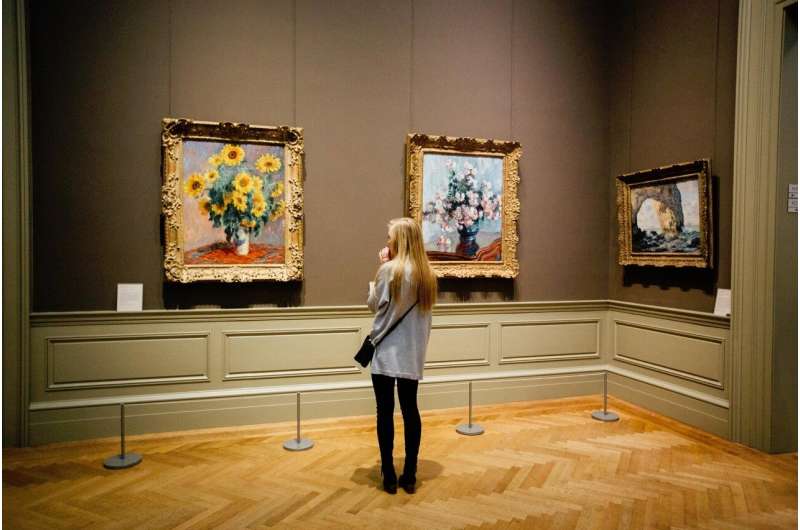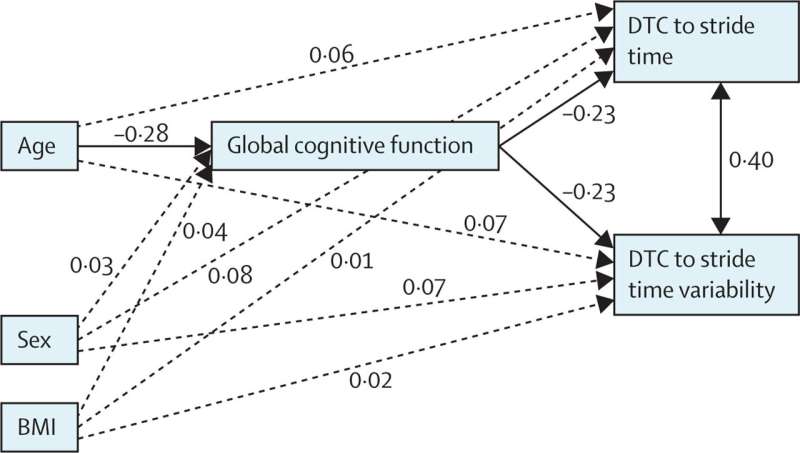
It’s been mentioned that there is not any accounting for style. However what if style can in truth be accounted for, and what if the issues doing the accounting are the neural networks within your mind?
In a brand new paper printed in Nature Communications, a group of Caltech researchers display how they have got printed the neural foundation for classy personal tastes in people the use of a mix of mechanical device studying and brain-scanning apparatus.
The paintings came about within the lab of John O’Doherty, Caltech’s Fletcher Jones Professor of Determination Neuroscience, and builds on analysis printed via that lab in 2021. In that earlier analysis, scientists educated a pc to expect volunteers’ style in artwork via feeding it information about which artwork the volunteers preferred and which they disliked. With sufficient coaching, the pc changed into adept at accurately guessing if an individual would love a Monet or a Rothko, as an example.
That act of liking or disliking a work of artwork turns out so innate and happens so immediately and seamlessly in our brains that few people have almost definitely taken the time to marvel why or the way it occurs, however aesthetic personal tastes had been the topic of philosophical discussions for centuries.
“While you see an image, making a decision straight away when you find it irresistible or no longer, however when you consider it, that is in point of fact sophisticated for the reason that enter could be very complicated,” says lead writer Kiyohito Iigaya, previously of Caltech and now with Columbia College. “That is in truth an overly open query, and we have not in point of fact identified how the mind manages to do it. So, we had been questioning if shall we are aware of it the use of a computational modeling way.”
That way concerned having volunteers charge artwork (as many as 1000) over the path of 4 days whilst their brains had been scanned with a useful magnetic resonance imaging (fMRI) mechanical device. The ones mind scans and the volunteers’ rankings of the artwork had been fed right into a machine-learning set of rules, in conjunction with the output of a neural web educated to inspect the artwork for qualities like distinction, hue, dynamics, and concreteness (whether or not the portray is summary or practical).
The knowledge the group gathered confirmed that spaces inside the visible cortex, the a part of the mind that processes visible enter, are accountable for inspecting the ones qualities. A space within the entrance of the mind referred to as the medial prefrontal cortex (mPFC) is accountable for assigning a subjective worth to them.
Principally, the mind breaks a work of artwork down into its crucial qualities, after which comes to a decision whether or not the ones qualities are enjoyable or no longer. This is kind of the similar manner the mind comes to a decision if it likes meals or no longer, in line with any other learn about carried out via the O’Doherty lab. That learn about discovered that the mind analyzes a meals in line with its protein, fats, carbohydrates, and nutrition content material, after which determines if the ones qualities are enjoyable.
“What they discovered is that the mind integrates the ones other dietary options to supply the total liking of meals,” Iigaya says. “That is in truth an inspiration for our paintings.”
Of their paper, the researchers say their findings recommend that this “worth development” machine could also be fashionable all over the mind and might provide an explanation for many forms of personal tastes.
“I feel it is superb that this quite simple computational style can provide an explanation for huge permutations in personal tastes for us,” Iigaya says.
The paper describing their analysis, titled, “Neural mechanisms underlying the hierarchical development of perceived aesthetic worth,” gave the impression within the January 24 factor of Nature Communications.
Additional info:
Kiyohito Iigaya et al, Neural mechanisms underlying the hierarchical development of perceived aesthetic worth, Nature Communications (2023). DOI: 10.1038/s41467-022-35654-y
Quotation:
How the mind creates your style in artwork (2023, February 27)
retrieved 13 March 2023
from https://medicalxpress.com/information/2023-02-brain-art.html
This record is matter to copyright. Aside from any honest dealing for the aim of personal learn about or analysis, no
section could also be reproduced with out the written permission. The content material is equipped for info functions handiest.
Supply By way of https://medicalxpress.com/information/2023-02-brain-art.html



